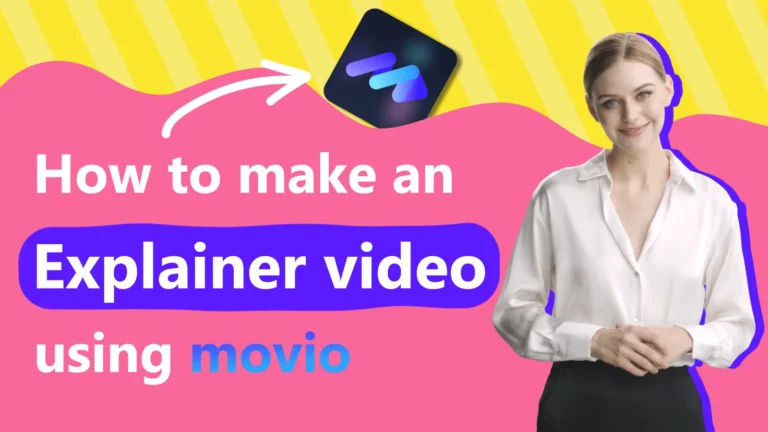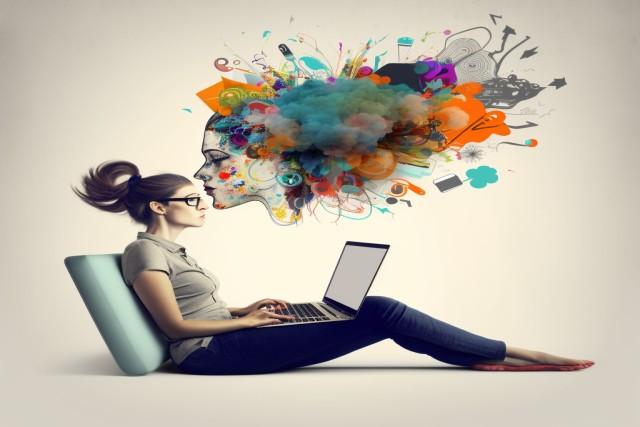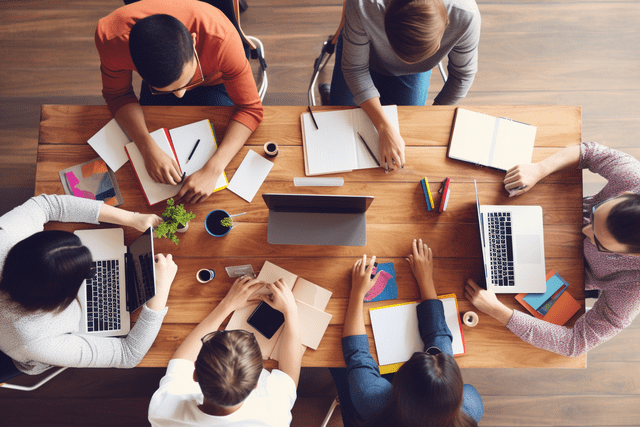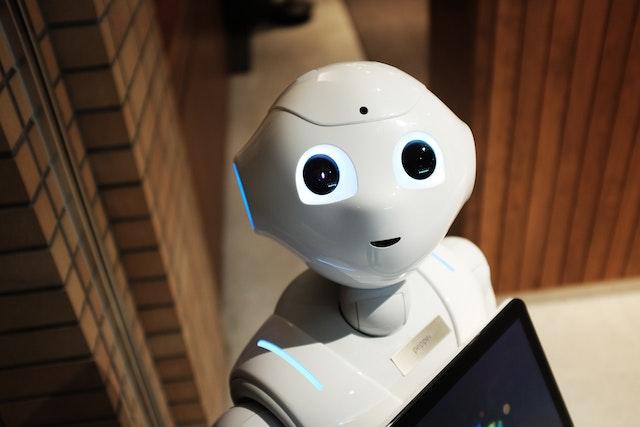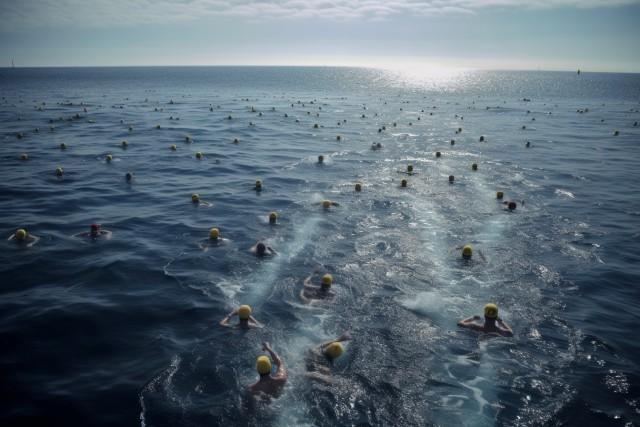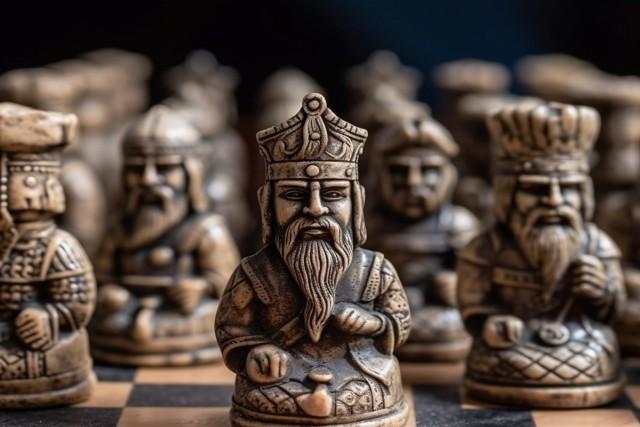AI Is Remarkably Making Its Way Into The Art World : What To Expect In 2023
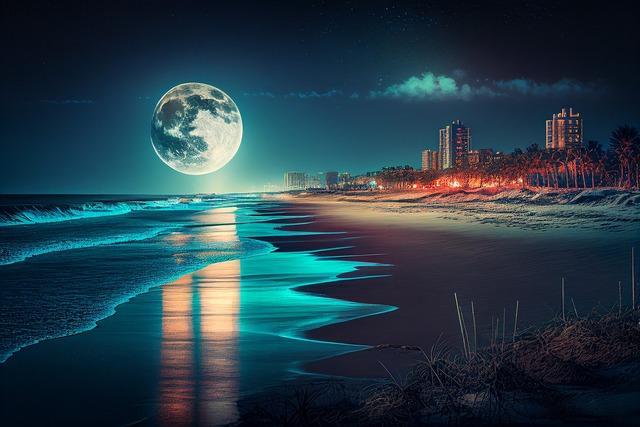
The way we perceive and interact with art will surely alter as AI becomes more common in the art world. While some may claim that artificial intelligence (AI)-generated art lacks the human touch and creativity that are inherent in conventional art forms. Others think AI can be a potent tool for artists to boost their creative process. Producing new types of art that were previously impractical.
Table of Contents
ToggleArt and technology have always had a fascinating relationship, and now, with the rapid advancements in artificial intelligence (AI). The art world is undergoing a transformative change. Artificial intelligence is not just limited to assisting artists; it is now being used to create art itself. In this blog post, we will explore how Artificial intelligence is making its way into the art world and what to expect in 2023 and beyond.
AI-Generated Art
The contentious “Portrait of Edmond de Belamy,” created by the French art team Obvious, is a well-known example of AI-generated art. The artwork was made using a Generative Adversarial Network (GAN). A kind of machine learning technique that puts two neural networks against one another to generate original visuals.
Since then, AI-generated art has become more and more popular; by 2023 and beyond, we might expect to see more of it. Designers and artists are producing distinctive and avant-garde pieces of art. Which were previously unachievable because to GANs and other AI techniques. Artificial intelligence-generated art may one day be used in advertising, video games, and possibly the fashion business.
AI-Assisted Art
Artists are also using AI to aid in the creation of their works of art. For instance, Mario Klingemann, an American artist. Used a neural network to create his “Memory of Passersby” art series. Klingemann utilized a GAN to produce a collection of faces, which he later used as the inspiration for his own artwork.
Several artists employ similar AI technologies to assist them in creating their work. These technologies may assess patterns, colors, and other information to help artists produce work that is distinctive and unique. We should expect to witness a growth in artists using AI-assisted methods to enhance their creative processes in 2023 and beyond.
AI in the Art Market
The art market has always been a space where technology has played a significant role. For instance, online marketplaces like Artsy and Saatchi Art have revolutionized the way art is sold and bought. Now, with the emergence of AI, we can expect the art market to undergo another transformation.
One way Artificial intelligence is being used in the art market is through art valuation. AI algorithms can analyze millions of data points to determine the value of an artwork accurately. These algorithms can take into account factors such as the artist’s reputation. The artwork’s condition, and previous sales data to provide an accurate valuation.
Additionally, artificial intelligence being used to create personalized art recommendations for collectors. These recommendations are based on the collector’s past purchases. Browsing history, and other factors. We can expect to see more personalized art recommendations in 2023 and beyond. As artificial intelligence algorithms become more advanced and precise.
Best AI Art Tools In 2023
Movio
The world leader in data analytics and marketing solutions for the movie business is Movio. The business offers in-depth understandings into moviegoers’ behavior, allowing theater owners to enhance their marketing efforts and patrons’ entire experience.
Using cutting-edge algorithms, Movio’s data analytics platform gathers information from a variety of sources. Including social media channels, online ticketing services, and cinema loyalty programs. The identification of their most devoted patrons. The targeting of particular audience segments with unique marketing messages. The optimization of pricing tactics can all be aided by these insights for theater operators.
Synthesia
On the other side, Synthesia is a business that specializes in producing video content that is generated by AI. With the help of Synthesia’s technology, users may produce video material. Using AI-generated avatars that can be made to appear and sound just like actual humans. The avatars are perfect for producing engaging video content because they can mimic human facial emotions and body language and speak multiple languages.
Applications for Synthesia’s technology include video advertising, e-learning, and even the creation of video games. Users are able to generate distinctive and individualized video material. Which appeals to their audience because to the company’s avatars’ customizability.
Synthesia provides a variety of other AI-powered tools in addition to avatar creation, such as a voiceover tool that can produce natural-sounding voiceovers in a variety of languages. As it replaces the requirement for a voiceover actor, this tool can save time and money.
In order to push the limits of what is feasible in the field of art and content creation, Synthesia and Movio both use artificial intelligence technology. Their cutting-edge tools enable artists and makers to experiment with various aesthetics and production methods to produce one-of-a-kind works of art and intriguing movies.
We may anticipate seeing many more innovative and fascinating uses of AI in the art industry in the future as artificial intelligence technology continues to advance.
AI and Art Education
The integration of artificial intelligence into the art world also opens up new opportunities for artists and creators to explore and experiment with technology in their work. This will undoubtedly lead to new and innovative art forms, further blurring the lines between traditional and modern art.
However, it is also essential to recognize the importance of human creativity and the role it plays in the art world. While artificial intelligence can assist artists in their creative process, it cannot replace the unique human touch that comes with traditional art forms. Therefore, it is crucial for artists to strike a balance between using AI tools to enhance their creativity while maintaining their own artistic vision and style.
Conclusion
In conclusion, artificial intelligence making its way into the art world, and we can expect to see more innovative uses of AI in the future. AI-generated art, AI-assisted art, AI in the art market, and AI in art education. These just a few examples of how artificial intelligence transforming the art world. With the rapid advancements in artificial intelligence technology, we can expect to see even more creative uses of AI in the art world in the coming years.
As AI becomes more prevalent in the art world, it is crucial for the art community to ensure that it is used in a responsible and ethical manner. This includes addressing issues such as bias and ownership. As well as ensuring that the unique human touch that comes with traditional art forms is not lost in the integration of technology.
Overall, AI and art may seem like an unlikely pairing, but the integration of these two fields has the potential to create new and exciting forms of expression and creativity. As we look towards the future, it will be fascinating to see how artificial intelligence continues to shape and transform the art world.





